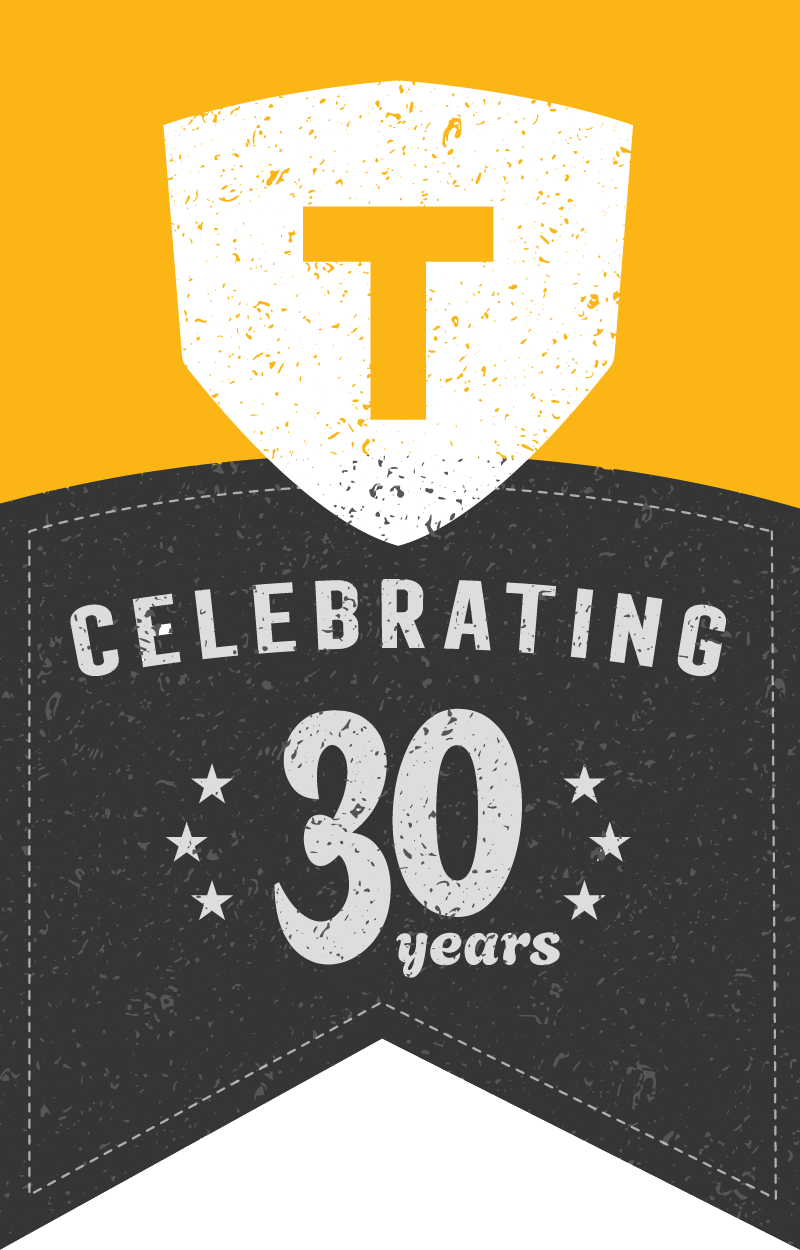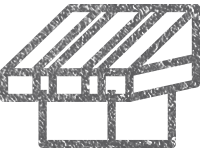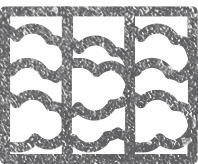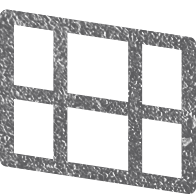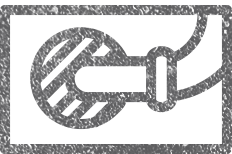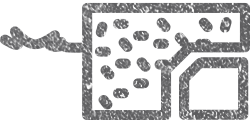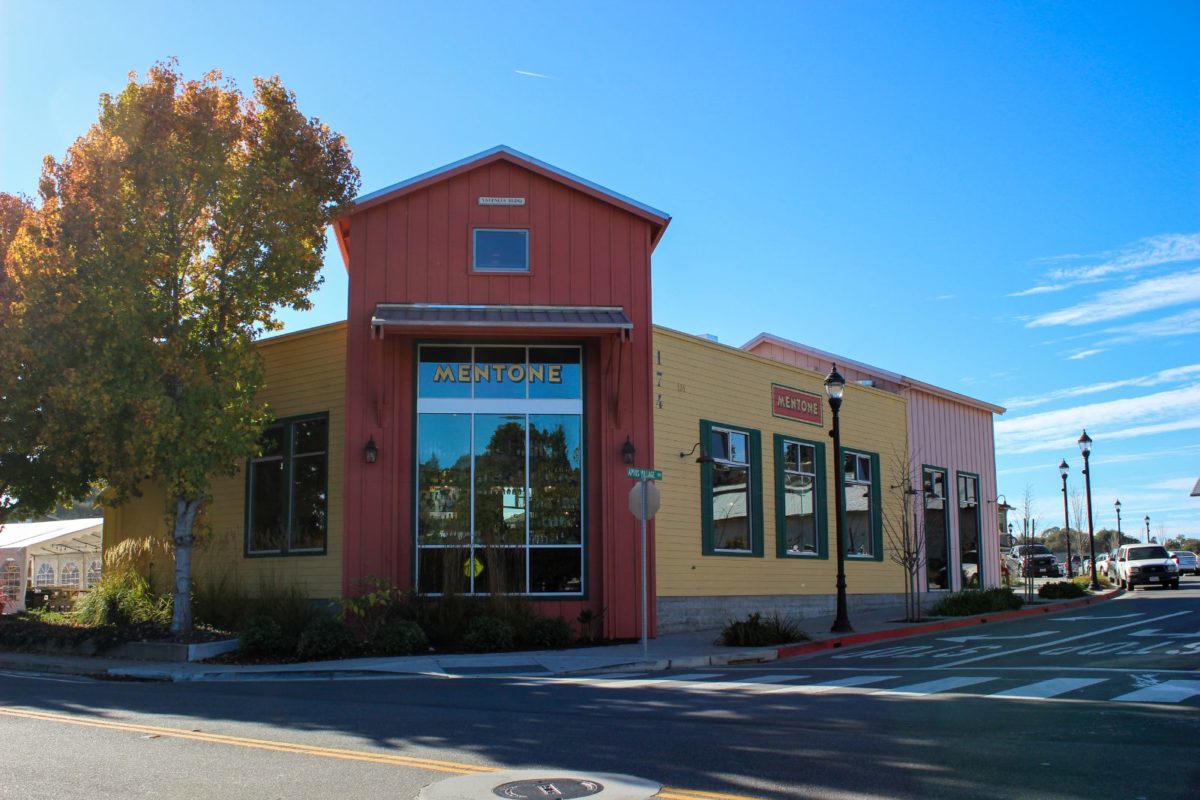Influenced by the small French town of Menton just kilometers away from the Italian border, Restaurateur and Executive Chef, David Kinch, worked with RVH Designs and Testorff Construction to bring this causal Mediterranean restaurant to the Aptos Village. This was a very collaborative effort between all parties, to ensure the vision of the restaurant was achieved.
The team at Testorff met the challenge by creating an experience as soon as you lay eyes on the building thanks to the exterior design and colors. In addition to the sate of the art kitchen and beautifully done bar areas, the open concept restaurant contains specific details brought from the Franco-Italian Riviera. Old world venetian style plaster, leather brown stained floors, custom mill work, and a painted “rug” are just a few of the details that transport patrons to another place. The restaurant was literally built around a custom Italian pizza oven, as that was the first piece to be installed even before framing due to it’s size and location requirements.
Enjoy the gallery below, and be sure to stop by next time you visit the village for a special dining experience.
